Blog
What is pentesting and why do you need it?
Penetration testing, commonly known as pentesting, is a security testing methodology that involves simulating an attack on a computer system, network, or web application. The goal of pentesting is to identify potential vulnerabilities and weaknesses in web applications before they can be exploited by hackers.
Pentesting is an important part of any comprehensive cyber security program. It helps organisations identify security weaknesses in their IT systems, applications, and infrastructure that can be exploited. By performing regular pentests, organisations can proactively identify and remediate weaknesses, thereby reducing the risk of a successful cyber attack on your business.
Types of pentesting
- Black box:
Simulating an attack on a system without any prior knowledge of the system’s internal workings. - White box:
Testing a system with full knowledge of all internal workings. - Grey box:
Combination of the two, where the tester has some knowledge of the internal workings.
Pentesting is generally performed by ethical hackers who are referred to as white hat hackers. Ethical hackers use many of the same techniques as unethical hackers. However, ethical hackers do not use the information for personal gain; they document and report their findings to help organisations remediate security through stronger procedures and policies.
Conclusion: Regular pentesting is essential
Pentesting is a critical component of any cyber security programme. Regular pentesting should be part of any organisations cyber security strategy.
How can Forus-P Help?
At Forus-P, we specialise in providing top-tier cybersecurity solutions tailored to your unique needs. Our team is dedicated to protecting your systems, ensuring your data stays secure, and helping you navigate the ever-evolving digital landscape. Let us help you enhance your cybersecurity with innovative, reliable solutions.
